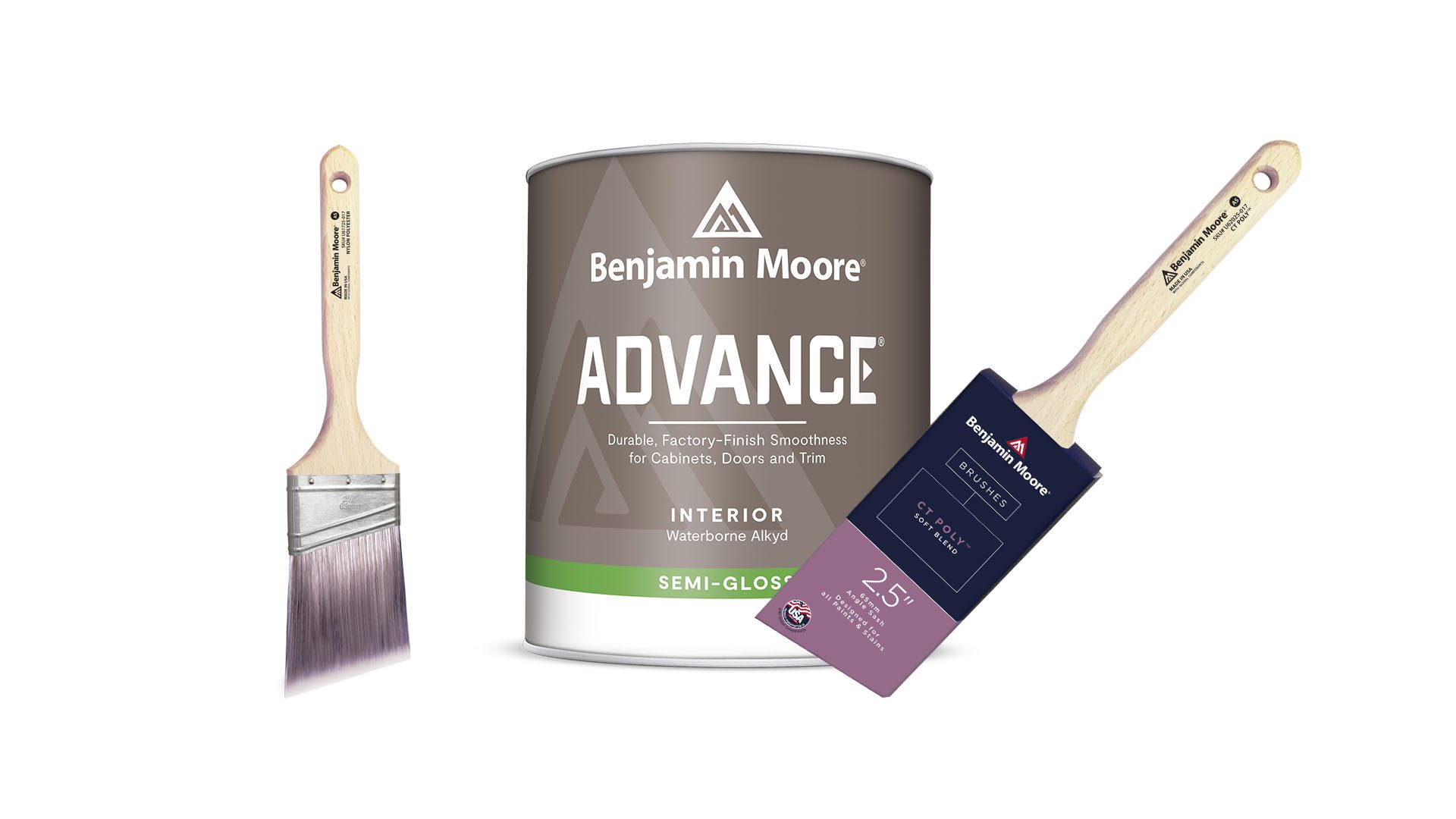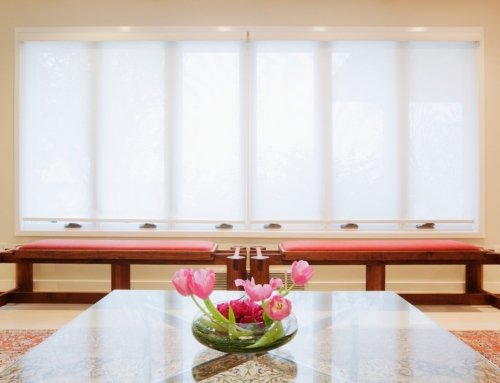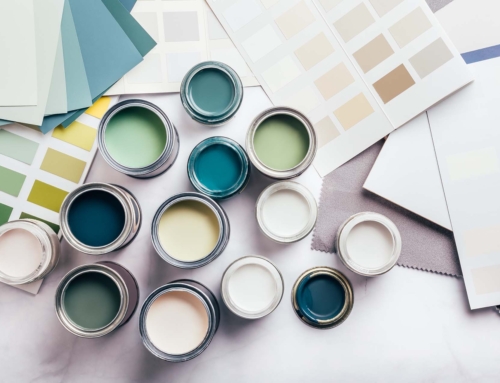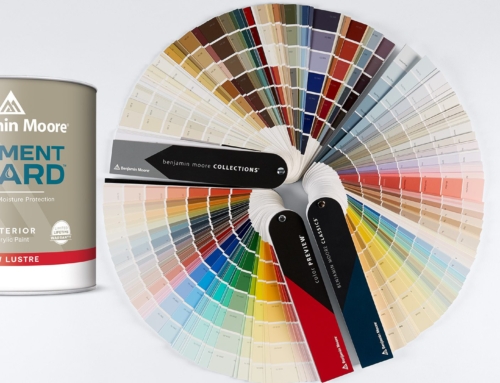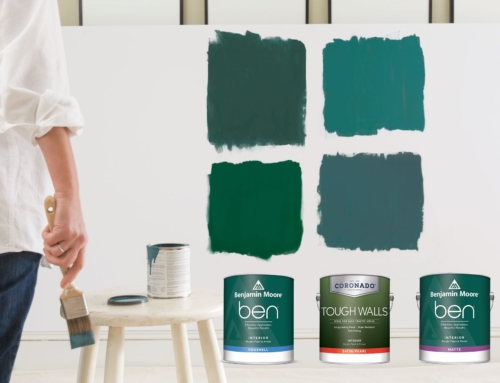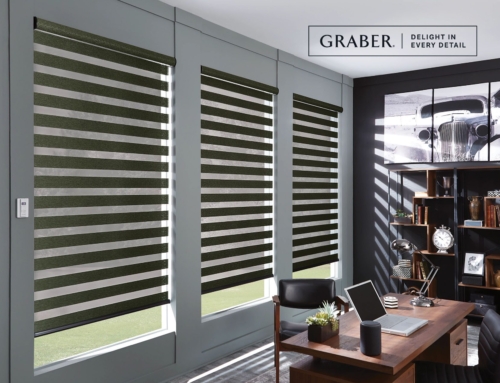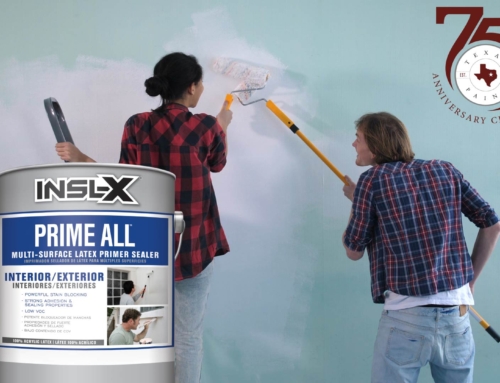Benjamin Moore’s Waterborne Alkyd paint represents a significant advancement in painting technology, combining the durability and rich finish of traditional oil-based paints with the easy cleanup and environmental benefits of water-based paints. This innovative product offers an appealing option for both professionals and DIY enthusiasts seeking a high-quality, versatile finish for their projects. Understanding the characteristics of this paint, selecting the appropriate brush, and knowing how to clean and maintain it are key to achieving the best results.
What is Benjamin Moore’s Waterborne Alkyd Paint?
Benjamin Moore’s Waterborne Alkyd paint is a hybrid formula that utilizes waterborne resins and alkyd technology to produce a paint that behaves and appears like an oil-based product but cleans up with water instead of harsh chemicals. This paint is renowned for its exceptional flow, leveling properties, and hard, durable finish. It’s an excellent choice for cabinets, doors, trim, and any surface where a smooth, self-leveling, and resilient finish is desired.
Selecting the Right Paintbrush
When working with Waterborne Alkyd paint, the choice of brush is crucial to achieving a smooth and professional finish. Although this paint is waterborne, its properties align more closely with those of traditional oil-based paints. Therefore, it’s recommended to use a high-quality synthetic bristle brush. Brushes made from a blend of nylon and polyester or 100% nylon are ideal because they:
- Hold their shape well, even when loaded with paint
- Have the stiffness required to apply the paint smoothly and evenly
- Do not absorb water, preventing the brush from becoming too soft and compromising the paint application
A brush with tapered filaments and flagged (split) ends will hold more paint and release it evenly, reducing brush marks for a superior finish. For general use, a 2 to 2.5-inch angled sash brush offers versatility and control for most projects.
Cleaning and Care for Your Brush
Despite its oil-like finish, the waterborne nature of this alkyd paint means that brushes can be cleaned with soap and water, avoiding the need for solvents. Proper cleaning and maintenance are essential to extend the life of your brush and ensure it performs well for future projects. Here’s how to clean and care for your brush after using Benjamin Moore’s Waterborne Alkyd paint:
- Immediate Cleaning: Don’t allow the paint to dry on the brush. Begin cleaning immediately after use.
- Pre-Rinse: Rinse the brush under warm running water to remove as much paint as possible.
- Soap and Wash: Use a brush comb to gently remove paint from the bristles. Then, apply a mild soap or brush cleaner and work it through the bristles with your fingers or the brush comb. Rinse and repeat until the water runs clear.
- Shake and Dry: Gently shake the brush to remove excess water. Use a brush spinner if available. Then, reshape the bristles and hang the brush or lay it flat to dry. Avoid storing the brush with bristles touching any surface until completely dry.
Conclusion
Benjamin Moore’s Waterborne Alkyd paint offers the best of both worlds: the durability and beautiful finish of oil-based paint, with the easy cleanup and lower VOCs of water-based paints. By selecting the appropriate synthetic bristle brush and following proper cleaning and care techniques, you can ensure a smooth application and extend the life of your painting tools. This innovative paint and the right brush can transform any project into a masterpiece with minimal effort and maximum satisfaction.

